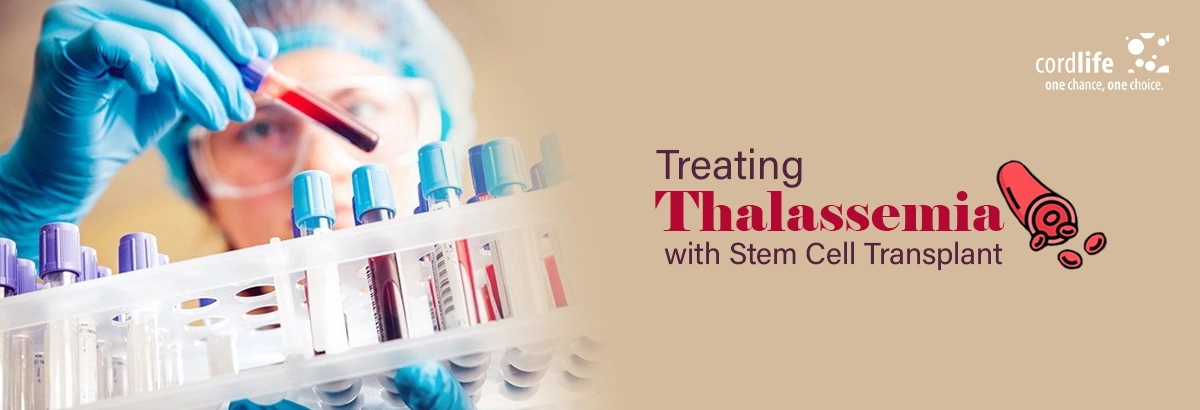Table of Contents
Red blood cells carry oxygen. Oxygen is food for the body’s proper functioning. Healthy red blood cells mean a healthy body.
Haemoglobin is a protein molecule in the red blood cells responsible for carrying oxygen throughout the body. What happens if the body doesn’t produce enough healthy red blood cells? The individual may be anaemic. The body may have a Thalassemia risk.
Exploring Thalassemia
In thalassemia, red blood cells are destroyed after they are produced, it is associated with jaundice, and it enlarges the liver and spleen.
Apart from this, thalassemia symptoms also include organ dysfunction, bone deformities, dark urine, extreme fatigue, pale skin, etc. Every cell of the body synthesizes haemoglobin according to the “codes” in their genes. An error in the code causes a defect like thalassemia. A genetic defect causes haemoglobin to be improperly synthesized, resulting in nonfunctional and destroyed red blood cells.
Treat Thalassemia With Stem Cells
Thalassemia carriers generally do not show any signs of carrying this life-threatening genetic disorder, unless they undergo special tests. Visiting a genetic counsellor, and the health practitioner while trying would help determine the risks of minor and major thalassemia through pre-implantation genetic diagnosis or genetic screening, chorionic villous sampling (CVS), and Amniocentesis. When babies are born, they are expected to receive a single gene from two parents. And this happens randomly. Children with Thalassemia Major may require frequent and regular blood transfusions, as well as chelation therapy for excess iron.
The best option for thalassemia is stem cell treatment. A stem cell can be obtained from bone marrow, mobilised peripheral blood, or cord blood
Bone Marrow and Peripheral Stem Cell Transplant
Tata Memorial Hospital, Mumbai performed the first, and most successful, allogenic thalassemia bone marrow transplant in 1983. Its utility is still widely recognized. According to a recent EBMT survey, there were 1061 cases of MSD transplantation performed in the last decade with overall survival (OS) and disease-free survival (DFS) of 91±0.01 and 83±0.01 months, respectively. An intensive treatment like a bone marrow stem cell transplant has several risks. An example is graft versus host disease, which attacks the body’s other cells. Using peripheral blood stem cells has also been proposed as a way of preventing graft failure. However, it has not been successful.
Cord Blood Stem Cell Transplant
Stem cells from cord blood have been used successfully for various diseases after myeloablative therapy. They are becoming a popular choice for stem cell transplantation. In the case of severe thalassemia, cord blood samples are collected from unaffected neonates whose siblings have the disease. These samples have shown promising results, with a median volume of 80 ml and a median number of cells and colony-forming units-granulocytes-macrophages. Out of 20 cord blood samples, four have been HLA-matched to affected siblings.
Hence, it is always recommended to store a baby’s cord blood at birth, because these stem cells are extremely potent & useful in treating over 80 life-threatening diseases related to blood – including cancer, thalassemia, and sickle cell disease.
